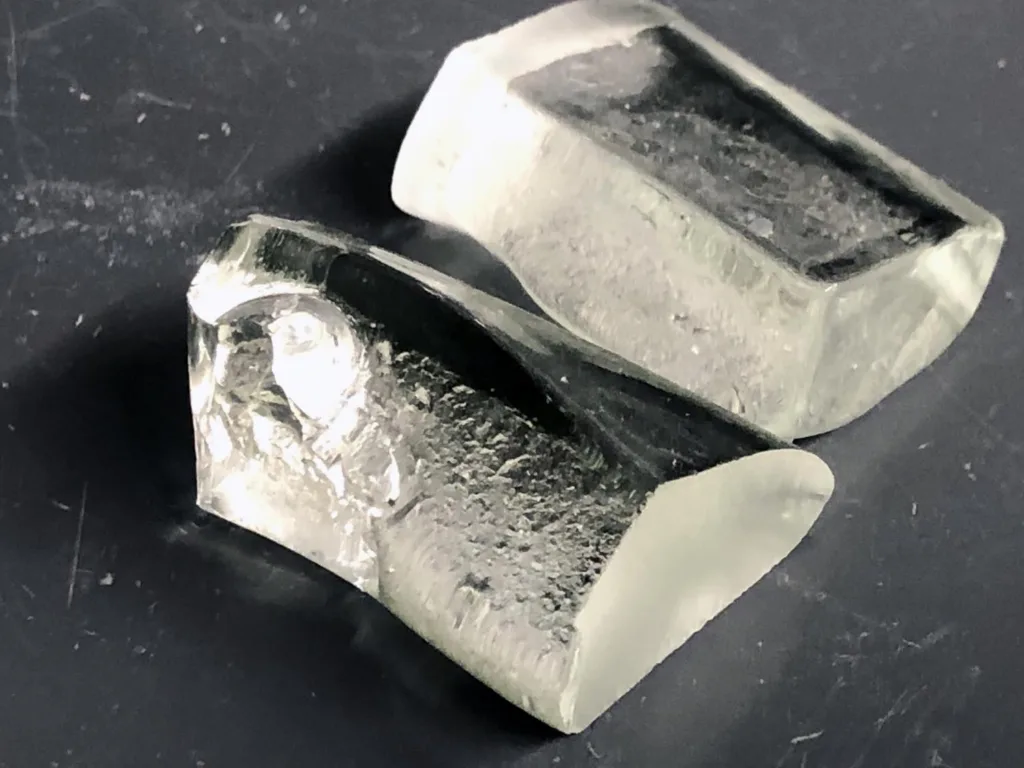In a significant stride toward a greener future, researchers have unveiled a groundbreaking sustainable glass alternative that could drastically reduce carbon emissions associated with traditional glass production. Dubbed “LionGlass” after Penn State’s Nittany Lion mascot, the invention aims to cut the carbon footprint of glass manufacturing in half while boasting enhanced strength compared to conventional soda lime silicate glass.
Under the leadership of John Mauro, Dorothy Pate Enright Professor of Materials Science and Engineering at Penn State, the research team has engineered LionGlass to address the major environmental issues arising from conventional glass production. Soda lime silicate glass, used in various everyday items, is manufactured by melting quartz sand, soda ash, and limestone. However, during this process, the carbonates in soda ash and limestone decompose into carbon dioxide (CO2), contributing to greenhouse gas emissions.
The groundbreaking aspect of LionGlass lies in its ability to eliminate the use of carbon-containing batch materials and significantly reduce glass melting temperatures. This reduction, approximately 300 to 400 degrees Celsius, translates into a remarkable 30% decrease in energy consumption compared to standard soda lime glass.
One of the most surprising discoveries by the researchers was LionGlass’s exceptional resistance to cracks. Standard soda lime glass typically forms cracks under a load of about 0.1 kilograms force, but LionGlass exhibited crack resistance at least 10 times higher. Even when subjected to a one-kilogram force load from a Vickers diamond indenter, LionGlass remained unscathed, leaving the researchers intrigued about its full potential.
Mauro highlighted the importance of crack resistance in glass materials, as microcracks over time weaken the glass, eventually leading to failure. With LionGlass showing greater resistance to forming microcracks, it becomes an invaluable asset in various industries, including automotive, electronics, architecture, and healthcare.
The higher strength of LionGlass opens up possibilities for designing lighter-weight glass products. A thinner, more durable LionGlass product would require fewer raw materials and less energy for production and transportation, presenting a win-win scenario for both the environment and industries relying on glass materials.
The research team has filed a patent application for the entire LionGlass family, comprising various compositions, each possessing unique properties and potential applications. Extensive testing of LionGlass in different chemical environments is currently underway to further assess its versatility.
Mauro expressed his optimism about LionGlass contributing to shaping the future, as the world grapples with global challenges such as environmental concerns, renewable energy, energy efficiency, healthcare, and urban development. With this groundbreaking invention, glass could play a pivotal role in resolving these issues, and LionGlass stands ready to make a profound impact on the path towards sustainability.
The LionGlass research has received recognition from the World Economic Forum, which lauded it as a promising solution for reducing carbon emissions. The team’s patent application signals a crucial step towards bringing LionGlass to the global market and transforming the landscape of glass manufacturing to a more sustainable and eco-friendly future.
